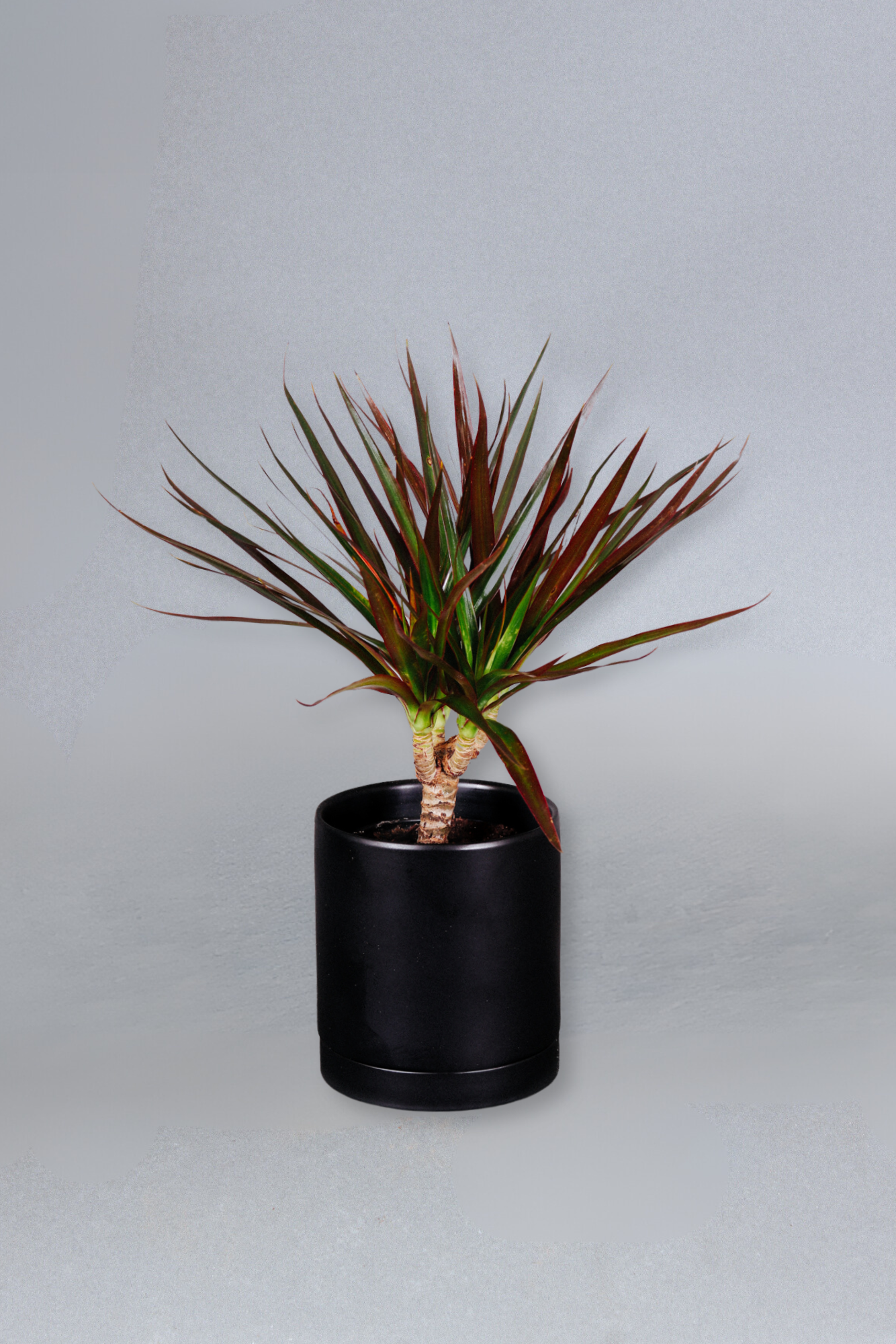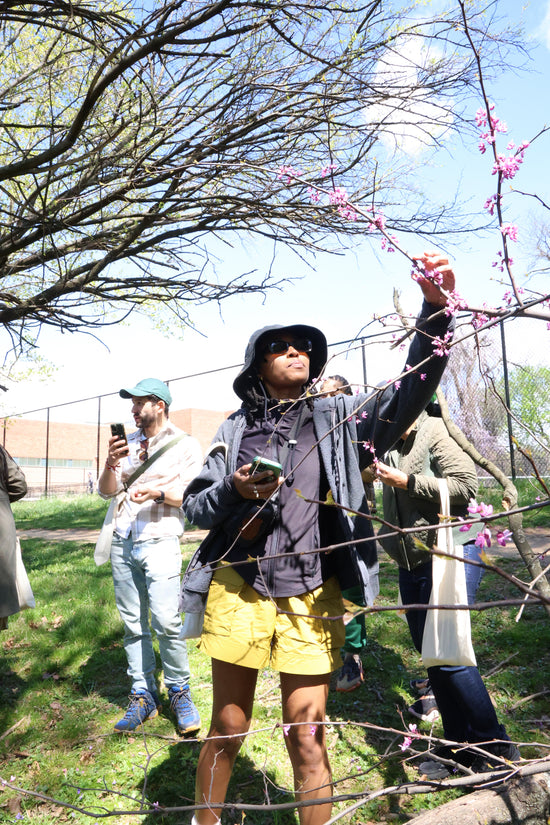Springtime has arrived in many regions across the US and is almost here in others. The Spring and Summer months are considered peak seasons for indoor plants to thrive because of the high temperatures, humidity, and increased lights. This means that plant care will shift and you will need to be more attentive to your plants since they are waking up from being asleep in the Winter.
Your plant will be extremely thankful for more room to grow along with a nutrient boost provided by repotting and will show its gratitude by creating beautiful new growth :)
Well, how do you know for sure it’s time to repot? Here are a few indications:
- Your roots are growing thicker inside the container and raising the plant out of the container (aka crying for a new planter)
- The roots are visible and growing out of the drainage hole
- Your plant has reached a stagnant place for growth or growing more slowly than usual
- Your plant is top-heavy, falling over or leaning to another side easily.
- You see salt or minerals building upon the plants or the container.
- You can see the soil shrinking inside the container.
Plants usually need to be repotted every 12 to 18 months depending on species, of course.
Here’s how to Repot Your Plant:
Supplies:
- Plant
- New Planter
- Potting mix
- Trowel (optional)
- Gloves
- Scissors
- Watering can
- Spray bottle
- Gently remove the plant from the pot and check the root system to see if they are tangled or if a lot of soil is missing - if so, it’s time to repot.
- Choose your new planter carefully. It should be 2 inches wider than the one your plant is currently living in. Make sure that it has a drainage hole in the bottom to allow excess water to drain away. If not, you’ll have to gather materials to install your own drainage systems such as rocks or pebbles.
- Select a quality commercial potting soil specifically designed for indoor plants or create your own mix using organic potting soil, perlite, orchid bark, etc. Some plants require a specific mix like succulents or cactuses.
- Before you place the new plant inside, add a base layer of soil so the roots have new space to grow. Add enough so that your plant has room without spilling over the top.
- Place your plant inside of the planter while simultaneously adding soil until just below the rim of the container. Pack tightly to ensure that the plant doesn’t have any air bubbles.
- Using a watering can, give your plant a thorough soak in its new home.








